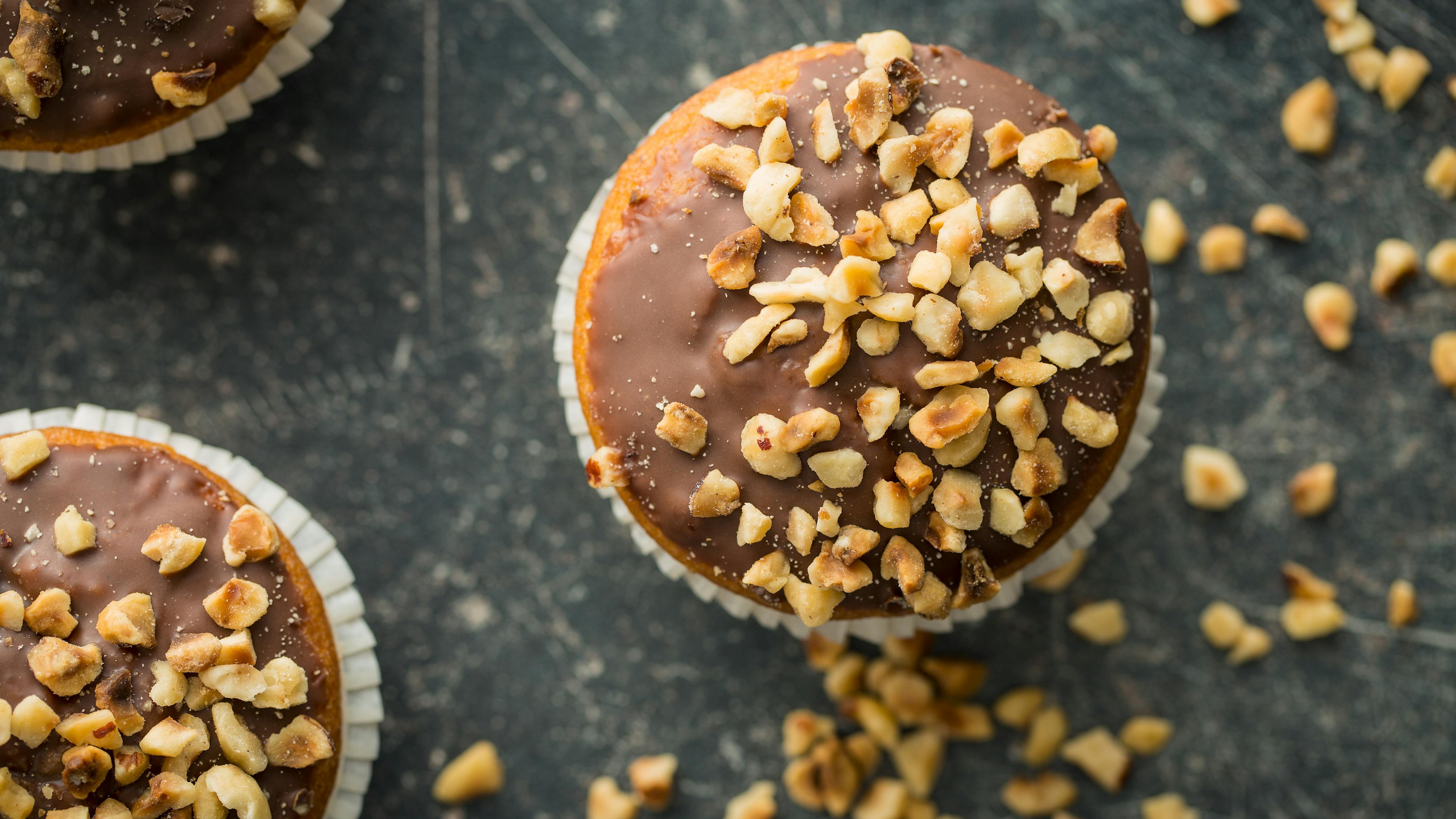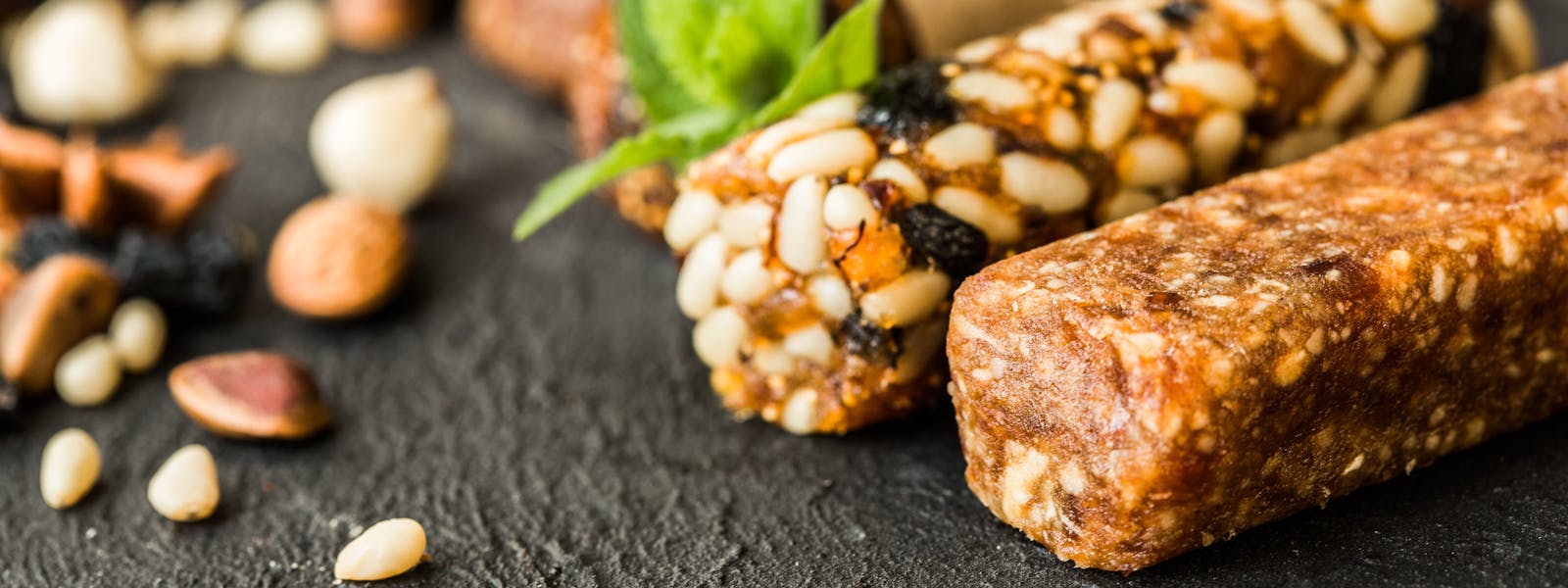

Returning to school desks. Pencil cases, diaries, and books are back on the agenda, but in addition to what's needed for studying, there's something else that should never be missing from our children's backpacks: a healthy and tasty snack.
The snack, which should cover about 10% of the daily caloric intake, is a crucial moment of the day because it provides that energy boost that allows them to reach the next meal without being overwhelmed by hunger.

It's needless to emphasize how important a snack is, especially for young children who need the right fuel to study, do homework, engage in physical activity, and, of course, play. Sure, pre-packaged snacks are very convenient: just toss them in the school bag, and voilà, you're done. They also have another advantage: kids love them. This saves us from the tedious attempts to convince our children to eat a fruit or yogurt, which are certainly healthier than a packaged sweet but less appealing.
So, do we have to choose between health and taste? Of course not! Here we offer you the recipe for Chocolate and Hazelnut Muffin: a recipe that will allow you to prepare a healthy and wholesome treat for your little ones, one that won't make them miss the industrial snacks.

Chocolate and Hazelnut Muffins
A wholesome snack that is perfect for kids
Ingredients
- For the muffins:
- 140 g flour
- 170 g sugar
- 150 ml milk
- 50 g butter
- 45 hazelnuts
- 25 g unsweetened cocoa powder
- 6 g baking powder (about 1 heaping teaspoon)
- 1 large egg
- A pinch of salt
For the sauce:- 50 g dark chocolate
- Milk, as needed
Method
- Preheat the oven to 170°C.
- Chop the hazelnuts and set them aside.
- Mix flour, cocoa powder, and sugar; then add baking powder, a pinch of salt, and butter, mixing until the mixture resembles coarse crumbs.
- Add the egg and the chopped hazelnuts (keeping some aside for decoration), and gradually add the milk, stirring until you have a smooth batter.
- Pour the batter into 15 muffin cups.
- Bake for about 20 minutes.
- Meanwhile, prepare the sauce by melting the chocolate in a double boiler and adding a bit of milk until you reach the desired consistency. Stir in the reserved chopped hazelnuts.
- Remove the muffins from the oven and let them cool for a few minutes.
- Top each muffin with a bit of chocolate sauce and a few whole hazelnuts.
The Perfect Snack
Let’s delve into the characteristics of the perfect snack. First and foremost, it should have a caloric content between 150 and 200 calories, be rich in vitamins and micronutrients, and low in saturated fats. The ideal snack should be based on fresh fruit, dried fruit, whole grains, proteins, or dairy, and should be practical for easy transport in a bag or backpack (since we don’t always have the luxury of enjoying a snack in the comfort of our living room).
Opting for homemade snacks instead of packaged products, perhaps preparing them with your children, is definitely the best choice. You will choose the ingredients (of which you can know the origin) and you can experiment by combining them in different ways to keep your homemade snack always new yet nutritionally balanced.

Healthy Snack Ideas
In addition to the Chocolate and Hazelnut Muffin recipe provided, here are some more guilt-free snacking ideas: dried fruit, whole grain crackers, ricotta, hummus, dark chocolate, Parmesan cheese, peanut butter. Still not enough? You could prepare delicious homemade bars: they are a healthy and nutritious snack that can be made in large batches and stored in the refrigerator, saving you time!

Overweight and Obesity in Young Europeans
What we eat plays a leading role in our health, and awareness of proper nutrition starts from a young age by paying attention to small things, such as learning to appreciate the homemade taste of a snack made from scratch.
Maintaining a balanced diet from a young age is crucial, especially in light of the data in the report “The Condition of Children in the European Union”. The incidence of obesity and overweight has become one of the main concerns in Europe. In 2019, the rates of overweight/obese children and young people up to 19 years old ranged from 20-25% in Estonia, Latvia, and Lithuania to about 40% in Cyprus and Greece. Italy ranks 4th in the EU with a percentage around 36% for girls and 43% for boys.
According to a study conducted by the National Institute of Health, 19% of children aged 8-9 years are overweight, 9.8% are obese, and 2.6% are in a state of severe obesity.

The Importance of Proper Nutrition
Overweight and obesity are often direct consequences of poor eating habits, and a study conducted on a sample of Italian families has highlighted alarming results. Two out of five children do not have an adequate breakfast; more than half have a substantial mid-morning snack consisting of snacks; one in four drinks sugary beverages daily, while consuming fruit and vegetables less than once a day.

Additionally, sedentary behavior is a concern. Data on physical activity shows that one in five children does not engage in regular physical activity; less than 30% bike or walk to school, and almost half spend several hours in front of the TV, tablet, or smartphone.

Tips for Promoting Healthy Eating
In light of these findings, here are some easy tips to help your children follow a healthy diet:
Promote Positive Habits: our children observe us: it’s important to set a good example by choosing healthy and wholesome foods for the table.
Encourage a Healthy Relationship with Food: Avoid using food as a reward or punishment and help your children understand when they are truly hungry. Also, avoid completely banning certain foods, as this can increase the desire to consume them. Instead, limit their quantities and explain why some foods should be eaten in moderation.

Stop the “Finish Everything” Rule: forcing children to finish everything on their plate can lead to a refusal of food. If they refuse to eat vegetables, show them how much you enjoy eating them. Present vegetables in creative ways to make them more appealing. Remember that it may take several attempts to get children to appreciate new flavors.
Portion Sizes: excessive portions can lead to weight problems. It’s important to help children understand appropriate portion sizes. Visual examples work well: a handful of pasta, a portion of meat the size of their hand, a quantity of fat (like butter) the size of the tip of their thumb, etc.

Healthy Breakfast: mornings are always rushed, but breakfast is the most important meal of the day. Prepare a substantial breakfast with ingredients like yogurt and fresh fruit: this will help your children get the necessary nutrients and stay full for a longer time.
